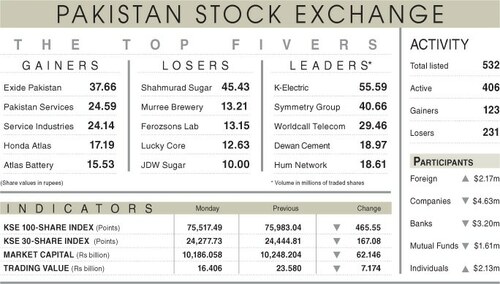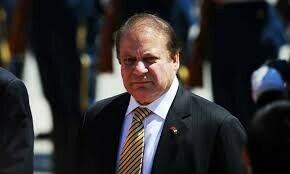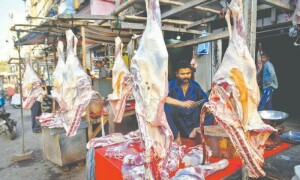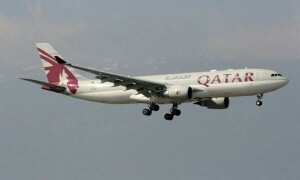ISLAMABAD: Asia and the Pacific remains the most dynamic region of the global economy but growth in regional trade and investment flows is slowing, the United Nations Economic and Social Commission for Asia and the Pacific (ESCAP) said in its latest report.
Total exports and imports from the region grew by only 1.6 per cent in 2014. However, exports from the Asia-Pacific region registered a decline of 0.4 per cent when excluding China from the regional total, according to the Asia-Pacific Trade and Investment Report-2015, which is ESCAP’s annual flagship publication.
The continued sluggish pace of trade and investment growth in the region is impacting the prospects of a merchandise trade recovery in the near-term.
Despite this, the Asia-Pacific region stands out for its significant and sustained achievements in leveraging trade and investment flows for development.
According to the report, Asia-Pacific economies tend to avoid forging deeper integration.
More than half of all trade agreements put in force by the regional economies relate to free trade agreements or areas for trade in merchandise goods, while close to a further 39pc of agreements allow free trade of both goods and services. Therefore, more than 88pc of PTAs are presented as free trade deals on goods or goods and services.
One of the remaining challenges for Asia-Pacific economies is the multiplicity of PTAs. Transparency of PTAs is another challenge that the Asia-Pacific economies will have to address. Some 23 agreements, out of 156 agreements in force, have not been notified to WTO despite the transparency mechanism under which WTO members are required to provide details of PTAs to the WTO Secretariat.
Pakistan has demonstrated stagnant or downward trend in international supply chain connectivity performance between 2009 and 2015.
Despite the lowering of trade growth prospects, it is likely that the Asia-Pacific region will hold its position as the largest trading region in the world.
In 2014, the region accounted for almost 40pc of global exports and imports. Intraregional imports remained at slightly more than 50pc of the total in 2014, with intraregional exports at 54pc.
The outlook for regional services trade was brighter than for merchandise trade. Asia-Pacific exports of services increased at 5.1pc in 2014, compared with 4pc in the previous year.
Exports of travel and other commercial services were especially strong, supported by growing demand for travel by China.
The report shows that trade facilitation measures, including implementation of the WTO Trade Facilitation Agreement (TFA), can help reduce trade costs.
The report also reinforces the importance of countries maintaining open trade regimes, and avoiding implementation of trade-restrictive measures. It highlights the ongoing problems created by increase in use of trade-restrictive measures across the region, particularly non-tariff measures.
Published in Dawn, November 8th, 2015
On a mobile phone? Get the Dawn Mobile App: Apple Store | Google Play













































Dear visitor, the comments section is undergoing an overhaul and will return soon.